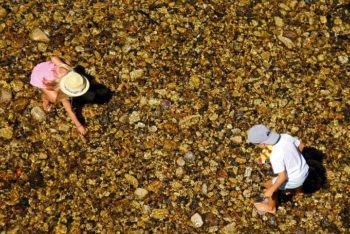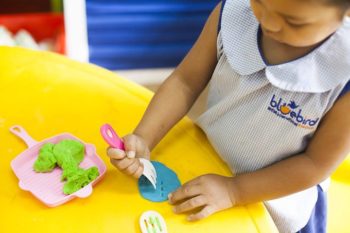Your Child Hurts Himself and Doesn’t Want to Cry!
One of my friends brought her child over to my home to play with my grandson. While running around  the backyard, my friend’s son, Nathan, stumbled and fell hard on his knee. The knee was severely bruised and bloody. Shockingly, Nathan withheld any emotion although he was in extreme pain. My friend and I were alarmed that he was too self-conscious and afraid to express his true emotions. When approaching Nathan about his injury, my friend responded to his distress by:
the backyard, my friend’s son, Nathan, stumbled and fell hard on his knee. The knee was severely bruised and bloody. Shockingly, Nathan withheld any emotion although he was in extreme pain. My friend and I were alarmed that he was too self-conscious and afraid to express his true emotions. When approaching Nathan about his injury, my friend responded to his distress by:
- Encouraging him to express how he felt
- Telling him it was OK to cry
- Reassuring and cuddling her son
- Having her son help when washing and applying medicine on the knee


 Catch a Bad Case of the Travel Bug
Catch a Bad Case of the Travel Bug College!
College!
 How to Overcome Temper Tantrums and Moody Days!
How to Overcome Temper Tantrums and Moody Days!